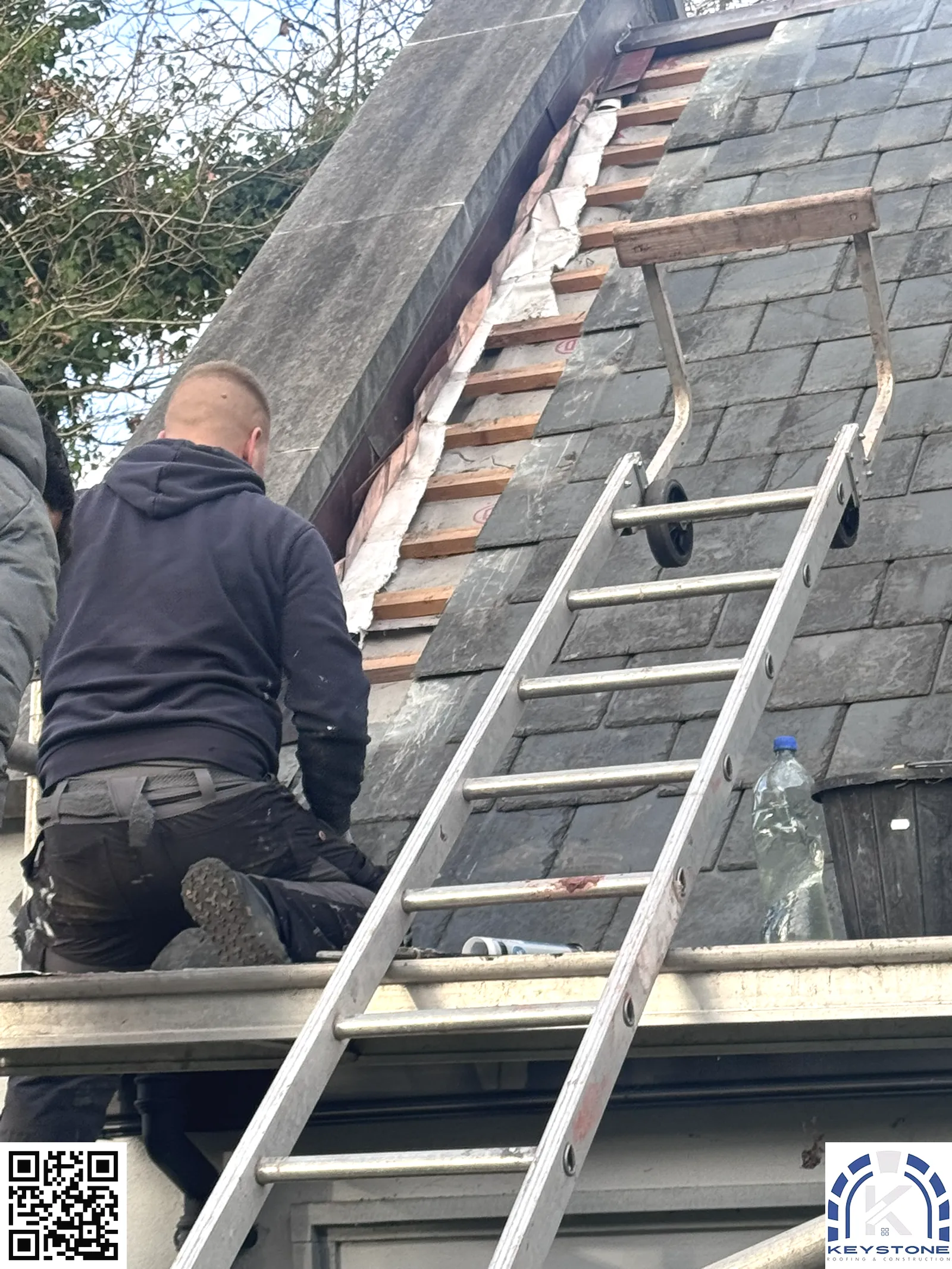Introduction
When it comes to maintaining a home, the roof is often the unsung hero. It's easy to overlook until problems arise. However, understanding ridge roof maintenance and recognizing the signs that you need professional help can save you from costly repairs down the line. Whether it's dealing with pesky moss growth or ensuring your chimney flashing is in top shape, there are many components to consider. In this comprehensive guide, we’ll delve deep into ridge roof maintenance, exploring everything from preventive care to seasonal checks. So grab a cup of coffee, get comfy, and let's dive into the nitty-gritty.
Ridge Roof Maintenance: Signs That You Need Professional Help
Understanding Ridge Roofs
Ridge roofs are characterized by their peak structure, which allows for efficient water runoff and snow shedding. They can be made from various materials including tiles, asphalt shingles, or metal. But why does this type of roofing require specialized maintenance?
Importance of Ridge Roof Maintenance
Maintaining your ridge roof is crucial for several reasons:
- Structural Integrity: A well-maintained roof supports the entire house. Aesthetic Appeal: A clean roof enhances curb appeal. Longevity: Proper care extends the lifespan of your roofing material.
Common Signs Your Ridge Roof Needs Attention
1. Missing or Damaged Shingles
If you notice missing or broken shingles on your ridge roof, it’s time to call in professionals for an inspection.
- Why? Missing shingles expose underlying layers to moisture, leading to leaks.
2. Moss Growth
Moss can trap moisture against your roof surface.
- Solution: Schedule a roof moss removal service to prevent decay.
3. Leaks in the Attic
Any signs of water stains or damp spots in your attic are clear indicators that something might be wrong with your ridge roof.
- Tip: Check for any gaps in chimney flashing that could lead to water ingress.
Roof Preventive Care
What Is Roof Preventive Care?
Preventive care involves routine inspections and maintenance tasks designed to identify issues before they become major problems.

Benefits of Regular Inspections
Regular inspections can help:
- Identify minor issues early Save money on repairs Extend the lifespan of your roofing system
Key Components of Preventive Care
Gutter Cleaning in Cork- Clogged gutters can cause water backup and damage your roof.
- Ensure that all tiles are intact and properly aligned.
- Proper ventilation reduces moisture buildup in attics.
Chimney Flashing: An Often Overlooked Component
What Is Chimney Flashing?
Chimney flashing is material installed around the base of a chimney where it intersects with the roof. It prevents leaks by directing water away from these vulnerable areas.
Signs of Flashing Problems
- Rusty or cracked flashing can lead to severe leaks.
When Should You Replace Chimney Flashing?
If you notice any corrosion or gaps:
Inspect visually Seek professional help if necessarySeasonal Roof Maintenance Tips
Spring Maintenance Checklist
As spring rolls around, take note of these tips:
- Clear off any debris like leaves or branches. Schedule gutter cleaning in Cork.
Summer Precautions
Heat can warp roofing materials over time; here’s how to counteract it:
Ensure adequate ventilation. Perform a thorough tile roof inspection after storms.Autumn Strategies
Autumn brings falling leaves; here's how to prepare:
- Conduct a full ridge roof maintenance check before winter hits.
Winter Considerations
Snow accumulation can be problematic; keep an eye out Roof installation Cork for:
Ice dam formations Weak areas needing fascia roof repairsFascia Roof Repairs: Why Are They Important?
What Is Fascia?
Fascia is the board that runs along the edge of your rafters and serves as a protective barrier against weather elements.
Signs Your Fascia Needs Repair
Look out for:
Cracks or peeling paint Water stains
Emergency Situations: When To Call for Help
Severe Weather Events
During storms, inspect your ridge roof promptly after conditions improve.
What To Look For?
- Loose shingles Missing tiles
If you notice anything amiss, don’t hesitate—call a professional!
FAQs About Ridge Roof Maintenance
1. How often should I schedule a professional inspection?
It's recommended at least once a year but ideally twice—once before winter and once after spring storms.
2. Can I perform my own inspections?
Yes! But always look out for red flags like leaks or significant wear—don’t hesitate to call pros when uncertain.
3. What’s involved in gutter cleaning?
Gutter cleaning involves removing debris and ensuring proper drainage systems are functioning well.
4. How do I know if my chimney flashing is damaged?
Look for rust spots local roofing experts Cork or cracks around chimney edges—these indicate potential leaks requiring attention!
5. Is moss removal really necessary?
Absolutely! Moss retains moisture and can quickly deteriorate roofing materials if not addressed timely.
6. Are there specific tools needed for DIY inspections?
Basic tools like binoculars for distant areas, a ladder (if safe), and maybe even a moisture meter will come handy!
Conclusion
In conclusion, taking proactive steps towards ridge roof maintenance is essential for protecting not only your home but also its overall value! By understanding common signs that indicate when it’s time to call in professionals—whether it's resolving minor issues like gutter cleaning or tackling more serious concerns like chimney flashing—you'll keep everything running smoothly year-round! Don’t ignore those warning signs; act decisively so you can enjoy peace of mind knowing your home remains safe against all weather challenges ahead!